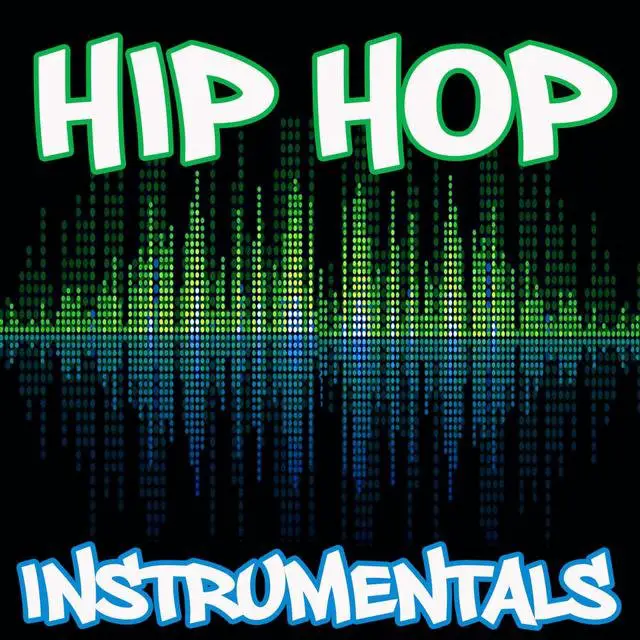Introduction
In the rhythmic annals of music history, there exists a chapter that reverberates with a particular kind of nostalgia, an era where beats weren't just sounds but stories. This chapter is none other than the Golden Era of Hip-Hop, a time when turntables spun tales, rhymes wove realities, and beats created legacies. The essence of this era lies not just in its lyrics but in its beats, specifically the Old School Hip-Hop Beats that laid the foundation for a genre that would echo across generations.
Unearthing the Roots: Old School Hip-Hop Beats
Old School Hip-Hop Beats, characterized by their funky basslines, soulful samples, and breakbeat rhythms, are the cornerstone of hip-hop's evolution. Rooted in the streets of New York in the 1970s and 1980s, these beats were the canvas upon which artists painted their lyrical expressions. From the boom-bap beats of Run-DMC to the intricate samples of Public Enemy, these rhythms weren't just music; they were anthems of cultural revolution.
The Beat-Makers: Architects of a Legacy
Behind every iconic Old School Hip-Hop Beat was a beat-maker, a sonic architect shaping the landscape of a burgeoning genre. Names like DJ Kool Herc, Afrika Bambaataa, and Grandmaster Flash echo through time as pioneers who not only played records but also transformed them. Their ability to loop breaks, scratch records, and layer samples birthed a new form of musical artistry, one that was as much about creativity as it was about rebellion.
A Cultural Tapestry: Beats That Spoke Volumes
Old School Hip-Hop Beats weren't just about making people dance; they were about making them think. The beats were the backdrop against which issues like social inequality, racial discrimination, and urban struggles were painted. Public Enemy's politically charged beats, N.W.A's raw street sounds, and A Tribe Called Quest's jazzy rhythms all contributed to a cultural tapestry where beats spoke volumes, where every kick and snare carried a message.
The Legacy Lives On: Modern Takes on Old School Beats
While time has moved forward, the love for Old School Hip-Hop Beats remains unwavering. Modern artists and producers pay homage to the classics by incorporating these timeless beats into contemporary tracks.
Bursting Beyond Sound: Old School Beats as Inspiration
Old School Hip-Hop Beats are something different. They’re not just the rhythm you hear on the radio, but something that’s weaseled its way into art, fashion, and film. An artist could take a look at one and find themselves inspired by the raw energy it carries. Designers can add a bit of hip-hop to their clothes to make them pop even more. Filmmakers can use these beats to underscore important points they want to get across. Beyond being tunes, Old School Hip-Hop Beats are an ethos, a lifestyle, and even a symbol of creative freedom.
Conclusion:
Diving into the echoes of the Golden Era uncovers more than just beats. It reveals a legacy. There is one thing that continues to shape our current musical landscape. It’s more than sounds, it's a cultural phenomenon—a rhythmic language that talks throughout generations. Their influence isn’t limited as they also have an effect on hearts, minds, and artists.
Old school hip-hop beats are like pillars holding up the expression of art in a world where some forms come and go. They remind us that music is more than notes on a page; it’s also a journey and story. We use it to make our legacy. The rhythm was king when hip-hop was born, and these beats takes us back.
If you’re interested in seeing an old collection of them, JBZ Beats is the place to visit. They have a huge collection that will give you nothing but good vibes. Let their tunes be the spark for your own creative fire.





